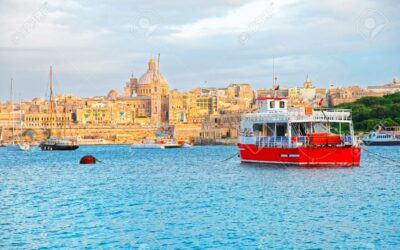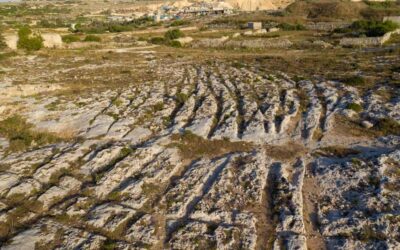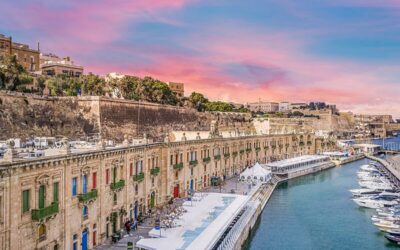The Norman conquest of Malta in 1091, led by Roger de Hauteville (Roger the Norman), marked an important chapter in the history of Malta. Although the Norman influence on the archipelago was less visible than in Sicily, it played a key role in shaping Malta’s religious, political, and cultural identity.
The Norman Conquest of Malta (1091)
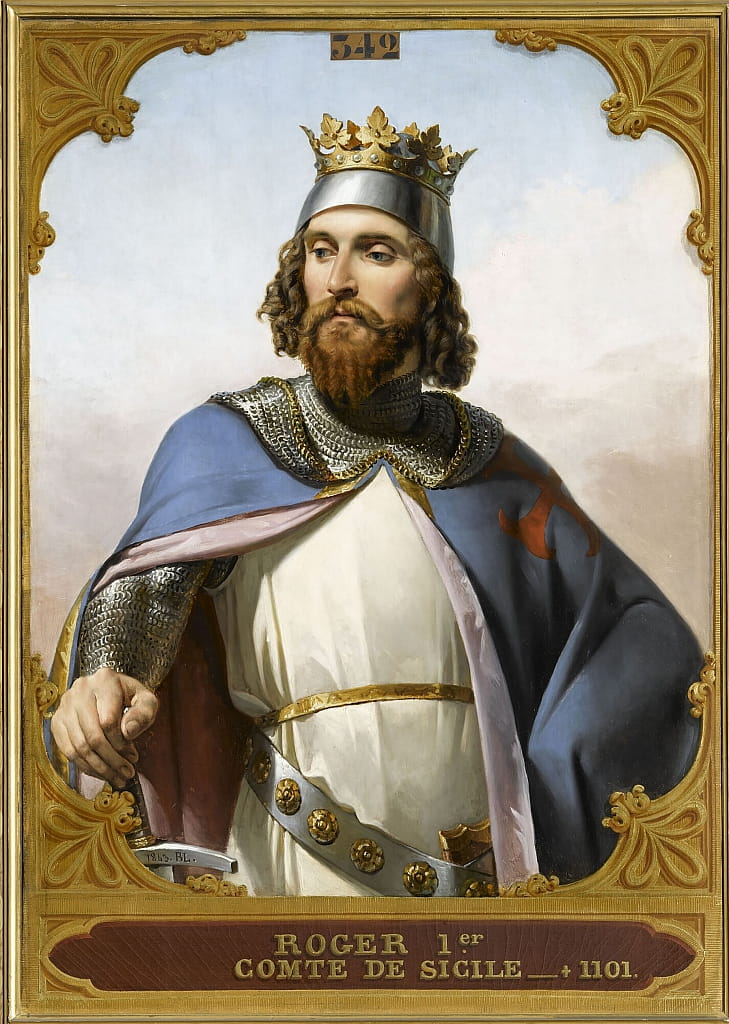
Roger de Hauteville and the Capture of Malta
In 1091, Roger de Hauteville, Count of Sicily, defeated the Muslim garrison in Malta. Instead of forced conversions, he imposed an annual tribute and freed Christian slaves. His policy allowed Muslim communities to remain, maintaining their cultural influence.
Gradual Christianization
Norman Influence on Maltese Culture and Society
- Religious coexistence: Normans tolerated the Muslim majority while gradually introducing Christianity.
- Language: The persistence of Arabic roots in Maltese language reflects this era of cultural continuity.
- Myths: Some legends link the red-and-white Maltese flag to Roger the Norman.
Unlike Sicily, the direct Norman impact on Malta remained limited, but it set political and cultural foundations for centuries to come.
Norman Architecture in Malta
Main Features
- Massive proportions and robust walls,
- Semicircular arches,
- Zigzag (“broken sticks”) moldings,
- Early Gothic elements influenced by the Siculo-Norman Chiaromonte style.
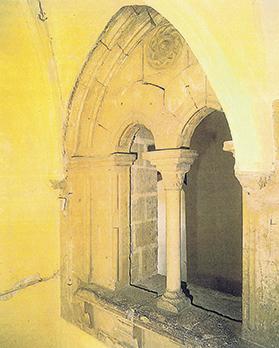
Notable Examples
- Mdina: Norman-style windows and door frames with pointed arches.
- Birgu (Vittoriosa): The Siculo-Norman House (Triq it-Tramuntana), a 13th- century three-level building, now a small museum open to the public.
- Rural chapels and fortifications: Some medieval structures preserve Norman Romanesque features, despite later Baroque reconstructions after the 1693 earthquake.
Legacy of the Norman Period in Malta
The Norman presence in Malta left subtle but lasting traces:
- It introduced Christian rule while allowing a Muslim cultural legacy to endure.
- It influenced language, architecture, and politics.
- It created a model of cultural coexistence, unique in the medieval Mediterranean.
Although later centuries reshaped Malta’s identity, the Norman heritage remains visible in its oldest buildings and in the Maltese language’s Arabic foundations.

The Norman conquest of Malta in 1091 was not just a military victory but a turning point in Maltese history. By combining Christian governance with tolerance of Muslim traditions, the Normans laid the groundwork for Malta’s complex identity – one that still reflects a blend of European and Mediterranean influences.
FAQ – The Norman Presence in Malta
1. When did the Normans conquer Malta?
The Norman conquest of Malta took place in 1091, led by Roger de Hauteville, Count of Sicily.
2. Did the Normans convert Malta to Christianity?
Not immediately. The Normans tolerated Muslim communities after 1091. Christianization began around 1127, but the population remained largely Muslim for decades.
3. What are the main examples of Norman architecture in Malta?
Notable sites include Mdina (Norman-style windows and arches) and the Siculo-Norman House in Birgu (Vittoriosa), one of the island’s oldest preserved medieval houses.
4. How important was the Norman influence on Malta?
While less direct than in Sicily, the Norman period introduced Christian rule, shaped Malta’s politics, and influenced its architecture and language.

